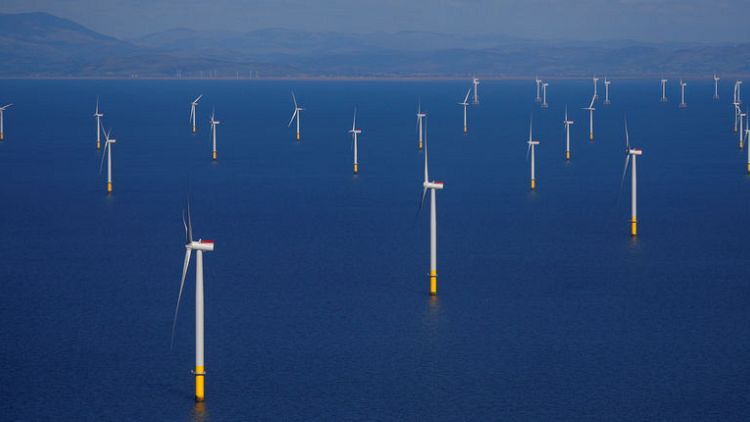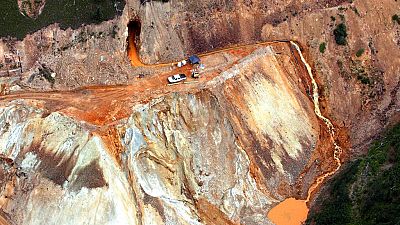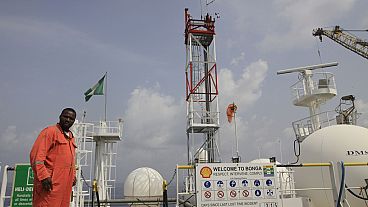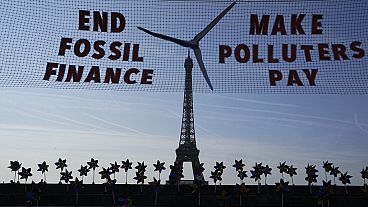BRIGHTON, England (Reuters) - Britain's opposition Labour Party will build 37 new offshore wind farms with a 51% publicly-owned stake if it wins power, business spokeswoman Rebecca Long-Bailey will say on Tuesday, outlining a large expansion of renewable energy generation.
Labour is laying out swathes of new policy at its annual party conference in Brighton, eyeing an expected early election triggered by the Conservative-led government's crisis over leaving the European Union.
Promoting climate-friendly policies, increased public ownership of utilities and better provision of free services, the socialist-led party wants to reshape the world fifth-largest economy, saying it will create jobs and protect workers, and the environment.
"While UK's offshore wind industry is still young, the UK has the opportunity to avoid replicating Britain's experience with North Sea Oil and instead to learn from countries such as Norway and Sweden by owning what is already ours," Long-Bailey said in a statement.
It would cost 83 billion pounds, invested between 2020 and 2030, with 58 billion coming from "limited-recourse project finance from the private sector".
Taking existing wind generation into account, the plan would seek to generate 52 gigawatts of offshore wind by 2030 - equivalent to 38 coal power stations. Labour said the new wind farms would be enough to provide electricity for 57 million households.
The party said it would use a fifth of the profits from its stake in the wind farms to fund redevelopment in Britain's coastal communities, many of which have suffered economic decline. The remaining profits would be re-invested in renewable energy projects, and improvements to the power infrastructure.
(Reporting by William James, Editing by William Maclean)



